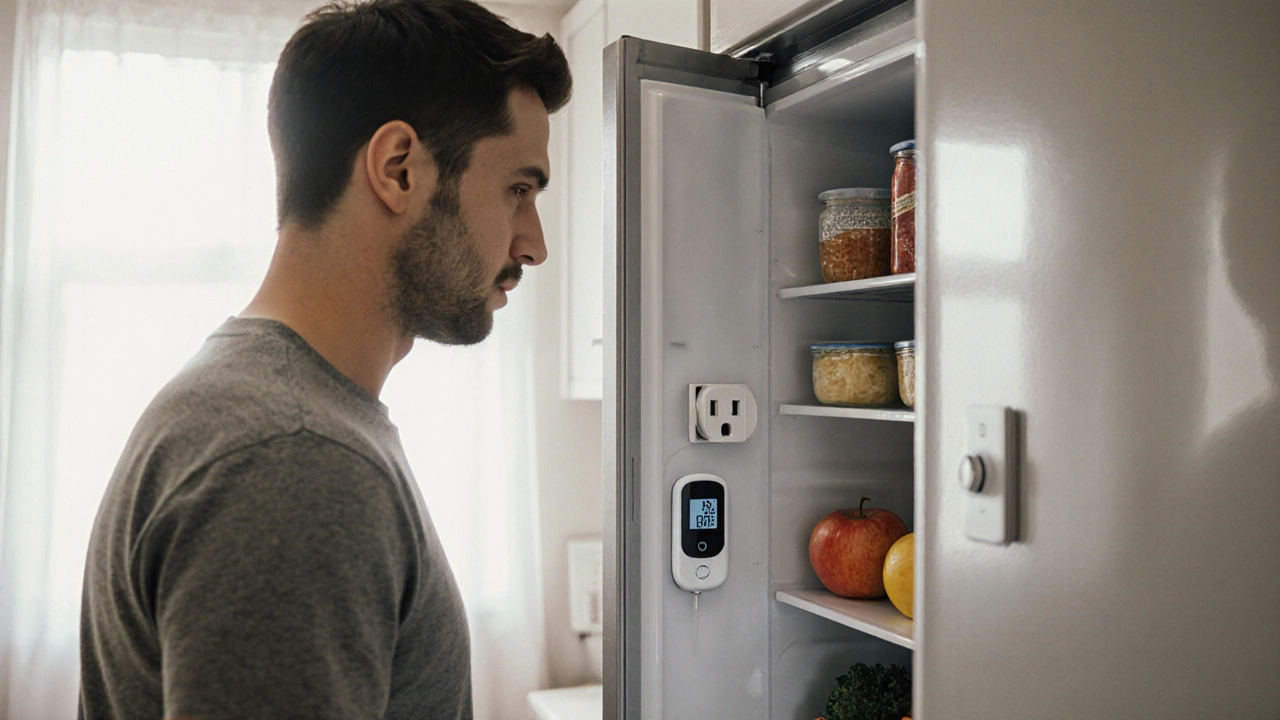Maximize the Life Expectancy of Your Water Heater with Expert Tips
January 31 2025Refrigerator Troubleshooting Guide – Fix Common Issues Fast
When dealing with refrigerator troubleshooting, the process of diagnosing and fixing problems that affect a fridge’s cooling performance. Also known as fridge repair diagnostics, it helps keep food safe and energy bills low. The first thing to understand is that refrigerator troubleshooting isn’t just about swapping parts; it’s about reading the symptoms and matching them to the right component. One of the biggest culprits is the compressor, the heart of the cooling cycle. If the compressor hums but the fridge stays warm, you’re likely looking at a motor or start‑relay fault. Another frequent offender is the defrost system, which includes the heater, timer, and sensor. When ice builds up on the evaporator coils, the fridge can’t shed heat effectively, leading to temperature spikes. Knowing that refrigerator troubleshooting encompasses compressor diagnostics and requires an understanding of the defrost cycle lets you prioritize tests and avoid unnecessary part replacements.
Key Areas to Check Before Calling a Pro
A solid temperature control system that monitors and adjusts the internal thermostat is the next logical checkpoint. If the digital display shows the wrong temperature or the fridge never reaches the set point, the thermostat or its wiring could be at fault. Alongside that, inspect the door seal the gasket that keeps cold air inside the compartment. A worn or cracked seal lets warm air in, forcing the compressor to work harder and often causing frost buildup. Simple tests like the dollar‑bill method (holding a bill against the seal and seeing if it pulls away easily) can reveal seal issues without a toolbox. Effective refrigerator troubleshooting requires checking these areas first because they’re low‑cost, high‑impact fixes that solve the majority of cooling complaints.
Beyond the basics, keep an eye on secondary components that can ruin a fridge’s performance. The ice maker, when stuck, can overload the water inlet valve, while a faulty evaporator fan will leave the coils warm and noisy. The evaporator coil itself can become clogged with frost if the defrost timer fails, turning a minor temperature dip into a full‑scale outage. By following the diagnostic flow—compressor, defrost system, temperature control, door seal, then fans and coils—you create a clear roadmap that saves time and money. The articles below dive deeper into each of these topics, offering step‑by‑step guides, cost breakdowns, and when it’s smart to call a licensed engineer.
 22 Oct
22 Oct
Diagnose a Refrigerator Problem - Step‑by‑Step Guide
Learn a step‑by‑step method to diagnose common refrigerator problems, identify faulty parts, and decide when to DIY or call a pro.
Read More...



